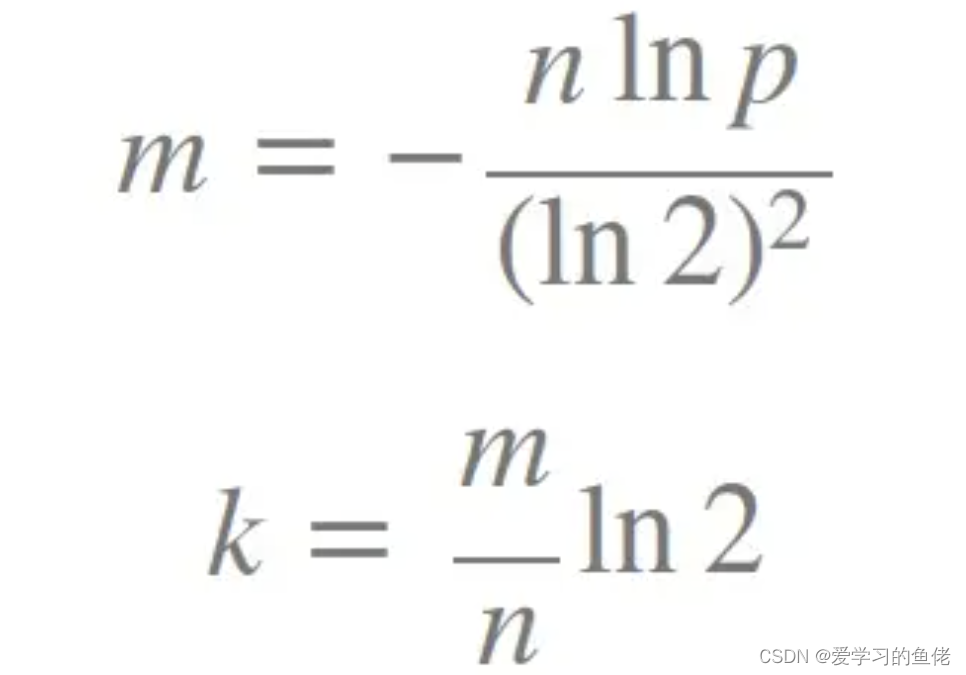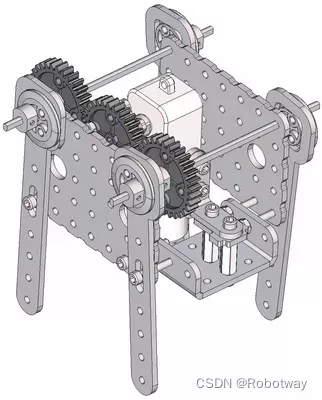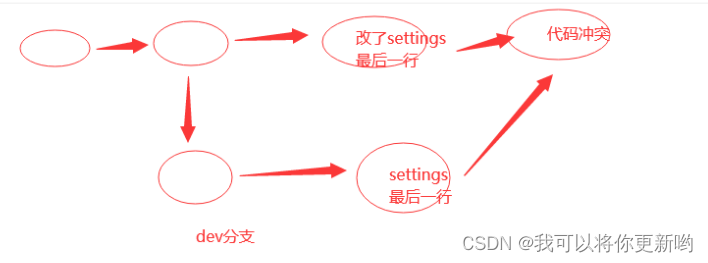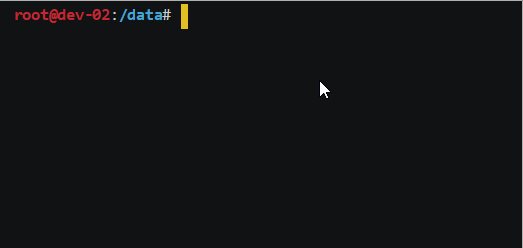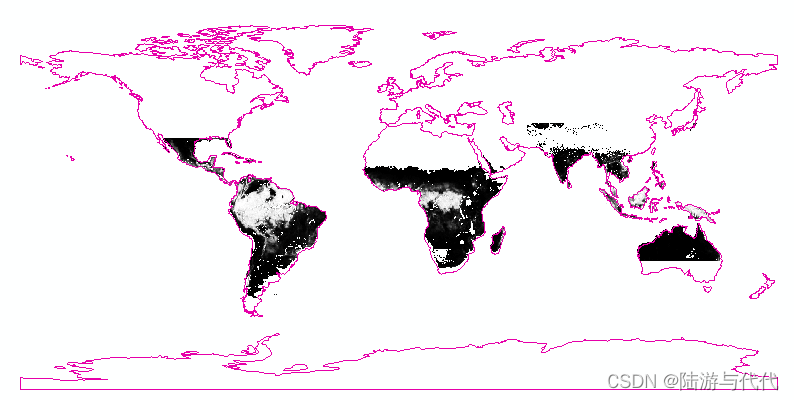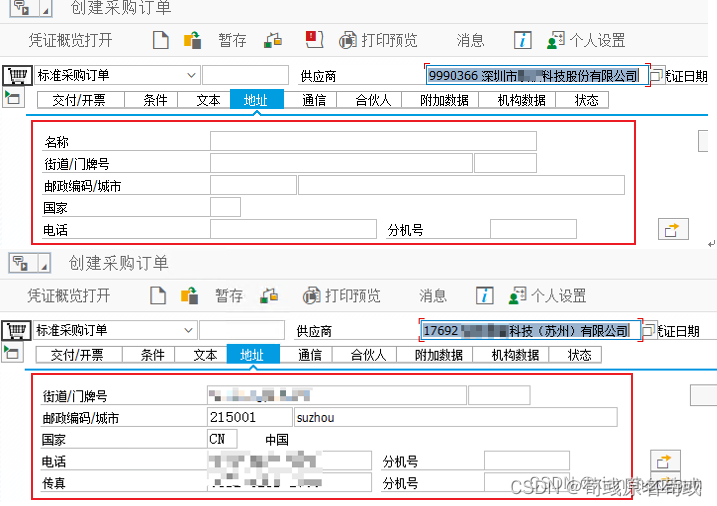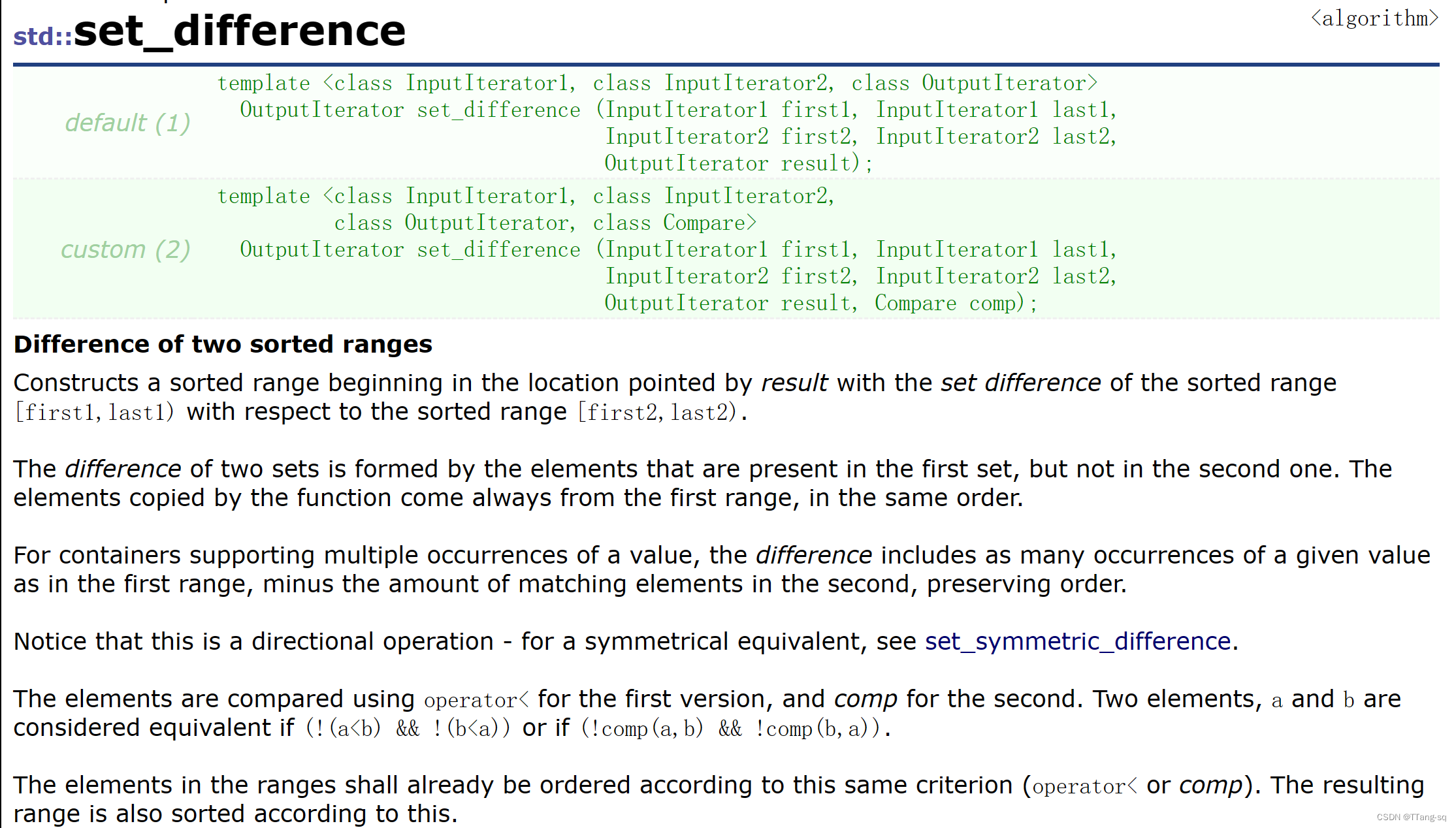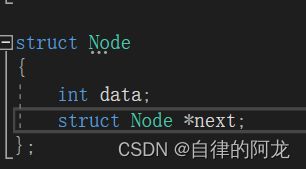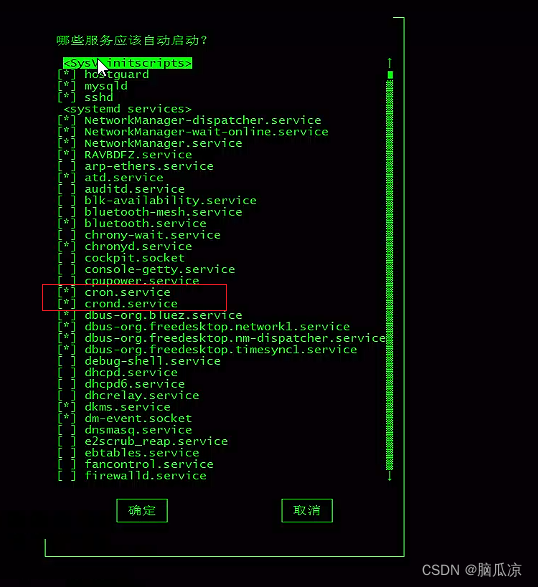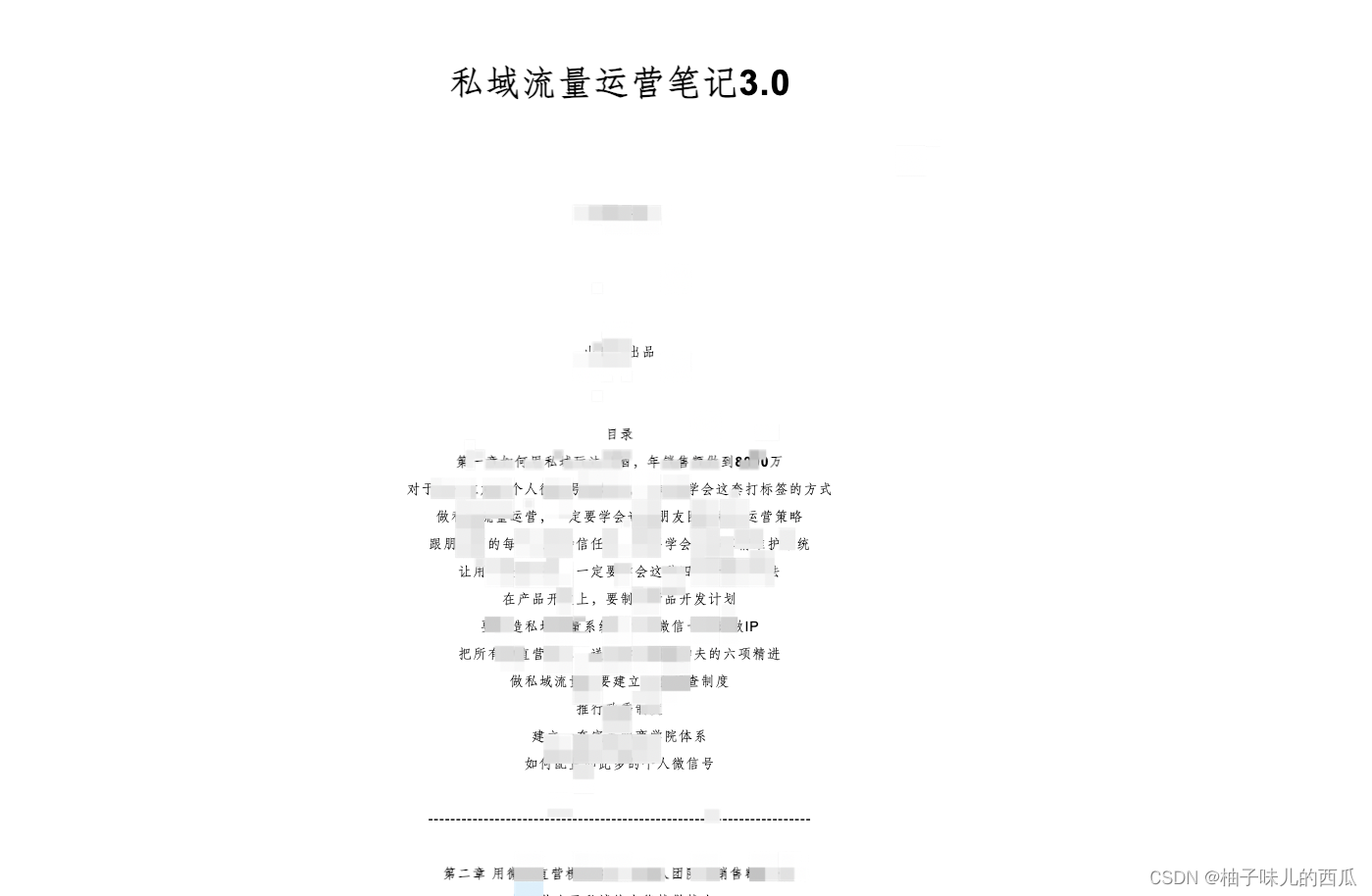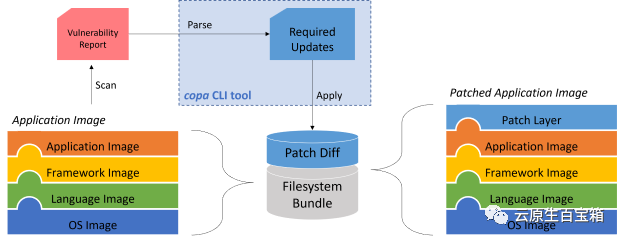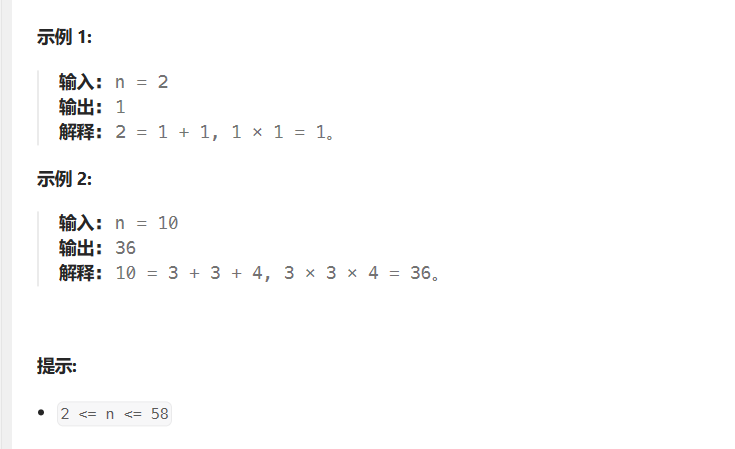前言
代码地址:AlphaPose-Pytorch版
本文以图像 1.jpg(854x480)为例对整个预测过程的各个细节进行解读并记录
python demo.py --indir examples/demo --outdir examples/res --save_img

1. YOLO
1.1 图像预处理
- cv2读取BGR图像
img [480,854,3] (h,w,c) - 按参数
inp_dim=608,将图像保持长宽比缩放至[341,608,3],并以数值为128做padding至[608,608,3] - BGR转RGB、维度处理、转tensor、数据类型转float、数值除以255做归一化,
[1,3,608,608] (b,c,h,w)
输出:
img: [1,3,608,608] (yolo输入图像)
orig_img: [480,854,3] (原始BGR图像)
im_name: 'examples/demo/1.jpg'
im_dim_list:[854,480,854,480](原图尺寸, 用于把yolo的输出坐标转换到原图坐标系)
1.2 yolo 模型推理
输入:img[1,3,608,608]
输出:pred[1,22743,85]
1 = b a t c h s i z e \mathrm{1=batchsize} 1=batchsize
22743 = [ ( 608 / 32 ) 2 + ( 608 / 16 ) 2 + ( 608 / 8 ) 2 ] × 3 22743=[(608/32)^2+(608/16)^2+(608/8)^2]\times3 22743=[(608/32)2+(608/16)2+(608/8)2]×3
85 = [ x , y , w , h , c o n f , 80 c l a s s e s ] \mathrm{85=[x,y,w,h,conf,80classes]} 85=[x,y,w,h,conf,80classes]
1.3 输出后处理
(1)第一阶段
- 坐标
xywh转xyxy - 对
batchsize循环,[22743,85]转[22743,7], 7 = [ x , y , x , y , c o n f , c l a s s s c o r e , c l a s s ] \mathrm{7=[x,y,x,y,conf,class\ score,class]} 7=[x,y,x,y,conf,class score,class],即80类得分转换为得分最高的类别索引及其得分 - 去除
c
o
n
f
≤
0.05
\mathrm{conf\le0.05}
conf≤0.05 的项
[37,7] - 保留类别为人的项,并且按
conf从高到低排序,得到结果img_pred[19,7] - nms去除重复目标
[19,7]->[6,7] - 添加
batch_idx这里batchsize为1所以都是0,[6,7]->[6,8], 8 = [ b a t c h i d x , x , y , x , y , c o n f , c l a s s s c o r e , c l a s s ] \mathrm{8=[batch\ idx, x,y,x,y,conf,class\ score,class]} 8=[batch idx,x,y,x,y,conf,class score,class] - 坐标数值转换,从
[608,608]转到原图坐标[854,480],并把坐标clamp在[0,w] [0,h]之间
输出:
orig_img:[480,854,3] (原始BGR图像)
im_name:'examples/demo/1.jpg'
boxes: [6,4] (x,y,x,y)(原图坐标系)
scores: [6,1] (conf)
NMS 细节
nms_conf=0.6- 将
img_pred中的第一项放到结果中 - 剩余所有项与结果中的最后一项计算iou,保留
iou<nms_conf的项作为新的img_pred - 循环直到
img_pred中没有目标 - 当经过nms后的目标数量大于100个,会把
nms_conf-0.05,从最初的img_pred开始重新进行nms
(2)第二阶段
- 原始图像
orig_img [480,854,3]BGR转RGB、维度处理、转tensor、数据类型转float、数值除以255做归一化,得到inp [3,480,854] - 对三通道做处理
inp[0].add_(-0.406), inp[1].add_(-0.457), inp[2].add_(-0.480) - 扩大
boxes中目标框的范围,并把左上角坐标存入pt1,右下角坐标存入pt2 - 根据
boxes把每个目标从图中抠出来,通过保比例缩放+zero padding,统一成[3,320,256]大小的图像存入inps
输出:
inps: [6,3,320,256] (检测目标的子图像,作为Alphapose的输入)
orig_img:[480,854,3] (原始BGR图像)
im_name:'examples/demo/1.jpg'
boxes: [6,4] (x1,y1,x2,y2)(yolo原始输出,原图坐标系)
scores: [6,1] (yolo输出conf)
pt1: [6,2] (x1,y1)(yolo输出扩大后坐标,原图坐标系)
pt2: [6,2] (x2,y2)(yolo输出扩大后坐标,原图坐标系)
2. POSE
2.1 pose 模型推理
输入:inps[6,3,320,256]
输出:hm[6,17,80,64],即6个目标,每个目标17个关键点对应的热力图
2.2 输出后处理
(1)第一阶段:热力图转坐标
- 获取
hm[6,17,80,64]中每个关键点的热力图中最大值的索引preds[6,17,2] - 由于
opt.matching=False,此处使用简单的后处理,源码如下
以preds中某个索引[x,y]为例,取出其热力图中相邻的上下左右四个位置的值,并且分别在 x x x 和 y y y 轴上往较高的方向偏移 0.25 0.25 0.25
以 x x x 轴为例: p l e f t = h m [ y ] [ x − 1 ] p_\mathrm{left}=\mathrm{hm}[y][x-1] pleft=hm[y][x−1], p r i g h t = h m [ y ] [ x + 1 ] p_\mathrm{right}=\mathrm{hm}[y][x+1] pright=hm[y][x+1],若 p l e f t > p r i g h t p_\mathrm{left}>p_\mathrm{right} pleft>pright则 x + 0.25 x+0.25 x+0.25,若 p l e f t = p r i g h t p_\mathrm{left}=p_\mathrm{right} pleft=pright 则 x x x 保持不变
最后会在所有的坐标值上 + 0.2 +0.2 +0.2
for i in range(preds.size(0)):
for j in range(preds.size(1)):
hm = hms[i][j]
pX, pY = int(round(float(preds[i][j][0]))), int(round(float(preds[i][j][1])))
if 0 < pX < opt.outputResW - 1 and 0 < pY < opt.outputResH - 1:
diff = torch.Tensor((hm[pY][pX + 1] - hm[pY][pX - 1], hm[pY + 1][pX] - hm[pY - 1][pX]))
preds[i][j] += diff.sign() * 0.25
preds += 0.2
- 目前得到的坐标
preds[6,17,2]是相对于输出分辨率[80,64]坐标系下的,转换到原图分辨率[480,854]坐标系下,得到preds_tf[6,17,2]
输出:
preds: [6,17,2] (经过第二步偏移处理后的坐标,相对于热力图坐标系)
preds_tf: [6,17,2] (最终坐标,相对于原图坐标系)
maxval: [6,17,1] (热力图最大值)
(2)第二阶段:pose nms
输入:
ori_bboxs: [6,4] (yolo原始输出,原图坐标系)
ori_bbox_scores:[6,1] (yolo输出conf)
ori_pose_preds: [6,17,2] (对应preds_tf,关键点坐标,原图坐标系)
ori_pose_scores:[6,17,1] (对应maxval,热力图最大值)
- 根据
bboxs计算每个目标框的w,h,选择每个目标框中的最大值max(w,h)并乘上alpha=0.1构成ref_dists[6] - 根据
pose_scores计算每个目标17个关键点得分的均值,得到human_scores[6] - 开始循环,直到
human_scores无目标- 选择
human_scores最高的目标,坐标和得分分别记为pick_preds[17,2], pick_scores[17,1]
全部的坐标和得分记为all_preds[6,17,2], all_scores[6,17,1](此处命名方式与源码略有不同,以便于区分) - 计算距离:
final_dist[6]目标的同类别关键点的距离,距离越近数值越大
score_dists计算位置距离非常近的同类别关键点的得分距离
point_dist= e − d / 2.65 =e^{-d/2.65} =e−d/2.65,因为 d ≥ 0 d\ge0 d≥0,所以 0 < p o i n t _ d i s t ≤ 1 0<\mathrm{point\_dist}\le1 0<point_dist≤1。 d d d 越小, p o i n t _ d i s t \mathrm{point\_dist} point_dist 越大,目标本身则最大全为1 - 计算关键点匹配数量:
num_match_keypoints[6]目标之间同类别关键点中距离较近的数量 - 去除多余目标:目标之间的距离超过阈值 or 目标之间距离相近的关键点数量超过阈值 → 判定为多余的目标。
由于选出的目标本身也在其中,因此目标自身必然在去除的队伍中,如果除了自身还有目标被去除,那么会把额外的目标与自身的索引放在一起得到merge_ids,这些目标相互之间距离很近,用于后续融合目标。
- 选择
对应第2步
def get_parametric_distance(i, all_preds, all_scores):
pick_preds, pick_scores = all_preds[i], all_scores[i]
'计算坐标位置的欧氏距离 dist[6,17](同类别关键点之间的距离)'
dist = torch.sqrt(torch.sum(torch.pow(pick_preds[np.newaxis, :] - all_preds, 2), dim=2))
'计算dist<=1的点之间的得分距离 score_dists[6,17]'
mask = (dist <= 1)
score_dists = torch.zeros(all_preds.shape[0], 17)
score_dists[mask] = torch.tanh(pick_scores[mask]/delta1) * torch.tanh(all_scores[mask]/delta1) 'delta1=1'
'final_dist[6]'
point_dist = torch.exp((-1) * dist / delta2) 'delta2=2.65'
final_dist = torch.sum(score_dists, dim=1) + mu * torch.sum(point_dist, dim=1) 'mu=1.7'
return final_dist
对应第3步
def PCK_match(pick_pred, all_preds, ref_dist):
dist = torch.sqrt(torch.sum(torch.pow(pick_preds[np.newaxis, :] - all_preds, 2), dim=2))
ref_dist = min(ref_dist, 7)
num_match_keypoints = torch.sum(dist / ref_dist <= 1, dim=1)
return num_match_keypoints
对应第4步
'gamma=22.48, matchThreds=5'
delete_ids = torch.from_numpy(np.arange(human_scores.shape[0]))[(final_dist > gamma) | (num_match_keypoints >= matchThreds)]
输出:
merge_ids: [6,x]
preds_pick: [6,17,2]
scores_pick: [6,17,1]
bbox_scores_pick: [6,1]
'''
这里的输出是从各个输入 orig_xxxx, 例如 ori_bbox_scores 中挑选出来的(nms后的目标)
只是在这个例子中, nms判断并没有重复的目标, 因此和原始输入保持一致
merge_ids 是一个列表, x代表每一项的长度, 本例中x都=1
如果nms判断存在重复目标, 那么会把这些目标在原始输入中的索引记录在 merge_ids 中, 此时x>1
在第三阶段中会把这些目标进行融合
'''
(3)第三阶段:融合与过滤
- 去除17个关键点中最高得分 m a x _ s c o r e < s c o r e T h r e d s = 0.3 \mathrm{max\_score < scoreThreds = 0.3} max_score<scoreThreds=0.3 的目标
- 融合目标,具体看下面代码,简单来说就是把距离比较近的关键点根据得分的高低作为权重,把坐标位置和得分进行加权求和作为融合后的目标
- 去除融合后,17个关键点中最高得分 m a x _ s c o r e < s c o r e T h r e d s = 0.3 \mathrm{max\_score < scoreThreds = 0.3} max_score<scoreThreds=0.3 的目标
- 根据能包含目标所有关键点的矩形框面积来过滤目标,
1.5**2 * (xmax-xmin) * (ymax-ymin) < areaThres=0,具体为外接矩形长宽都乘1.5后计算面积,由于这里阈值为0,过滤基本无效 - 最后会把所有关键点坐标数值
−
0.3
-0.3
−0.3,并且根据关键点得分和目标框得分生成
proposal_score,具体见下面代码
此阶段过滤掉了一个目标,最终得到5个目标。
merge_pose, merge_score = p_merge_fast(preds_pick[j], ori_pose_preds[merge_id], ori_pose_scores[merge_id], ref_dists[pick[j]])
def p_merge_fast(ref_pose, cluster_preds, cluster_scores, ref_dist):
'''
Score-weighted pose merging
INPUT: 本博客中文别称
ref_pose: reference pose -- [17, 2] 挑选目标关键点
cluster_preds: redundant poses -- [n, 17, 2] 多余目标关键点(挑选目标本身包含在多余目标中)
cluster_scores: redundant poses score -- [n, 17, 1]
ref_dist: reference scale -- Constant
OUTPUT:
final_pose: merged pose -- [17, 2]
final_score: merged score -- [17]
'''
'计算与多余目标关键点距离 dist[n,17]'
dist = torch.sqrt(torch.sum(
torch.pow(ref_pose[np.newaxis, :] - cluster_preds, 2),
dim=2
))
kp_num = 17
'回顾一下, ref_dist是挑选目标的目标框的 max(h,w)*0.1'
ref_dist = min(ref_dist, 15)
mask = (dist <= ref_dist)
final_pose = torch.zeros(kp_num, 2)
final_score = torch.zeros(kp_num)
if cluster_preds.dim() == 2:
cluster_preds.unsqueeze_(0)
cluster_scores.unsqueeze_(0)
if mask.dim() == 1:
mask.unsqueeze_(0)
# Weighted Merge
'根据pose的得分来决定每个目标所占的比例, 具体为该得分占总得分的比例'
masked_scores = cluster_scores.mul(mask.float().unsqueeze(-1))
normed_scores = masked_scores / torch.sum(masked_scores, dim=0)
'根据计算得到的比例做加权和, 得到最终的pose及其得分'
final_pose = torch.mul(cluster_preds, normed_scores.repeat(1, 1, 2)).sum(dim=0)
final_score = torch.mul(masked_scores, normed_scores).sum(dim=0)
return final_pose, final_score
final_result.append({
'keypoints': merge_pose - 0.3,
'kp_score': merge_score,
'proposal_score': torch.mean(merge_score) + bbox_scores_pick[j] + 1.25 * max(merge_score)
})
keypoints [17,2]
kp_score [17,1]
proposal_score [1]
3. Alphapose 网络结构
3.1 总流程

- SEResnet 作为 backbone 提取特征
- 用
nn.PixelShuffle(2)提升分辨率 - 经过两个 DUC 模块进一步提升分辨率
- 通过一个卷积得到输出
- 此时获得的输出如图所示
out[6,33,80,64]有33个关键点,通过out.narrow(1, 0, 17)获取前17个关键点作为最终的输出hm[6,17,80,64]
3.2 DUC 模块
- 2个DUC模块结构相同,都是先用卷积升维,再用一个
nn.PixelShuffle(2)提升分辨率 - 图中以 DUC1 模块的参数为例进行绘制
3.3 PixelShuffle 操作
import torch
import torch.nn as nn
input_tensor = torch.arange(1, 17).view(1, 16, 1, 1).float()
pixel_shuffle = nn.PixelShuffle(2)
output_tensor = pixel_shuffle(input_tensor)
print(output_tensor)
>>>
tensor([[[[ 1., 2.],
[ 3., 4.]],
[[ 5., 6.],
[ 7., 8.]],
[[ 9., 10.],
[11., 12.]],
[[13., 14.],
[15., 16.]]]])
3.4 SEResnet 框架

图中省略了 batchsize 维度,主要分为4层,分别相对原图下采样4、8、16、32倍
3.5 SEResnet 细节

仿照代码,把这4个由 Bottleneck_SE 和 Bottleneck 构成的层级记作
l
a
y
e
r
1
∼
4
\mathrm{layer1\sim4}
layer1∼4,图中为
l
a
y
e
r
1
\mathrm{layer1}
layer1 的数据。
每个层中两种 Bottleneck 都会通过三个卷积层,先把特征维度控制为输出特征维度的 1/4,第二个保持不变,第三个达到输出特征维度,再以第二层为例:
l
a
y
e
r
2
:
\mathrm{layer2:}
layer2:
B
o
t
t
l
e
n
e
c
k
_
S
E
:
256
→
128
→
128
→
512
\mathrm{Bottleneck\_ SE:256\to128\to128\to512}
Bottleneck_SE:256→128→128→512
B
o
t
t
l
e
n
e
c
k
:
512
→
128
→
128
→
512
\mathrm{Bottleneck:512\to128\to128\to512}
Bottleneck:512→128→128→512
